
Since Vishu, the zodiac new year celebrated by Keralans is just around the corner, I thought doing this post now might be useful for some of my followers. I have been consulted a few times regarding tips on cooking a ‘sadya’ meal at home. Having been cooking sadya meals every Onam (and sometimes for Vishu too) for the past 18 years in our US home does qualify me for advising folks I guess. We usually host an average of 3-4 families. I get a lot of questions from new cooks all the time! “Chechi, help!” ‘How many dishes to cook?’ ‘How much quantity to cook’ ‘Will there be enough food?’ ‘I have never cooked for so many people’ ‘Will all the food be fresh for the sadya?’ And so on and so forth. Well, my response is always the same – “Take a deep breath. Don’t worry. Its all about planning and once the plan is perfect, execution will be a breeze!” I guess all my years leading projects at work has also helped me to execute successful sadyas 🙂 Plus I did have the best resources available to me – my husband and I together make a great team 🙂 So before embarking on this particularly adventurous mission, my strong recommendation to you is to first enlist your spouse’s or family members’ support! It will be much needed!
These are some steps that I follow for hosting a successful sadya whether it is for Onam or Vishu or just any other day when you feel like having a sadya meal.
- Create a Menu: Take a pen and paper and scribble down the menu items. I prefer pen and paper to doing it electronically since paper makes it easy to scratch off things while still letting you see what changes you have made. Just my personal preference but you can use a notepad on your phone or computer as well. Write down the different dishes you would like to make. Sambhar and Avial I think fall in the ‘must-have’ category meaning they absolutely need to be on the sadya menu or else you won’t have a sadya! Another ‘must have’ are pappadums! After that, come all other lentil or bean type curries – let’s call this ‘Other curries’ – like erisseri, parippu, moru kootan, green mango curry, potato stew etc. I like to include at least two from this category. Next would be ‘dry vegetable dishes’ like cabbage thoran or green beans thoran or kadala and kaaya thoran etc. A fourth category would be all spicy and tangy ‘pickle type’ curries called as ‘thodu curries’ – these include paavakka varatharachu curry, pearl onion curry(Ulli curry), Pulli inji (ginger curry). Another very important ‘must-have’ item of the sadya is the dessert or pudding called as ‘Paayasam’. Which paayasam to make?. Although it is traditional to make two varieties of Payasam, I would recommend doing only one since not only is it time consuming to make two different payasams but after the heavy sadya, in my experience, folks generally will not have room for two different payasams and so it becomes a waste of effort. Decide which one you want to make. ‘Paladda’ or Rice noodle pudding is always the easy one and everyone loves that so its a safe bet. If you are ambitious enough to make the lentil pudding or Parrippu paayasam then so be it – you just need to plan adequately for it.
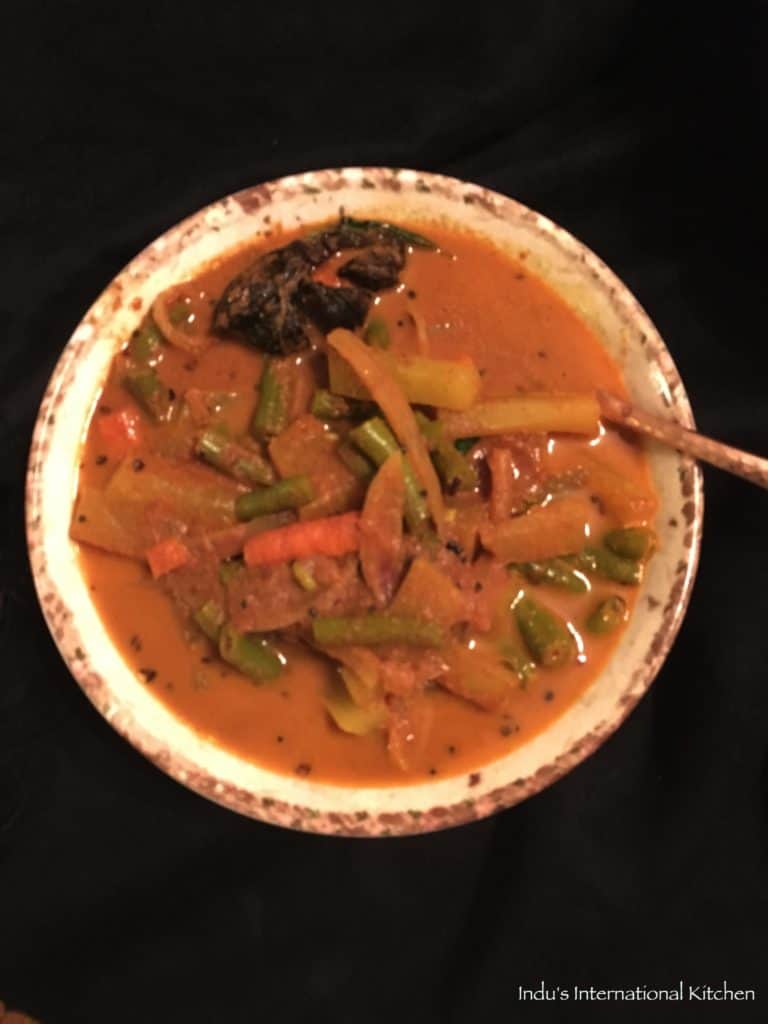
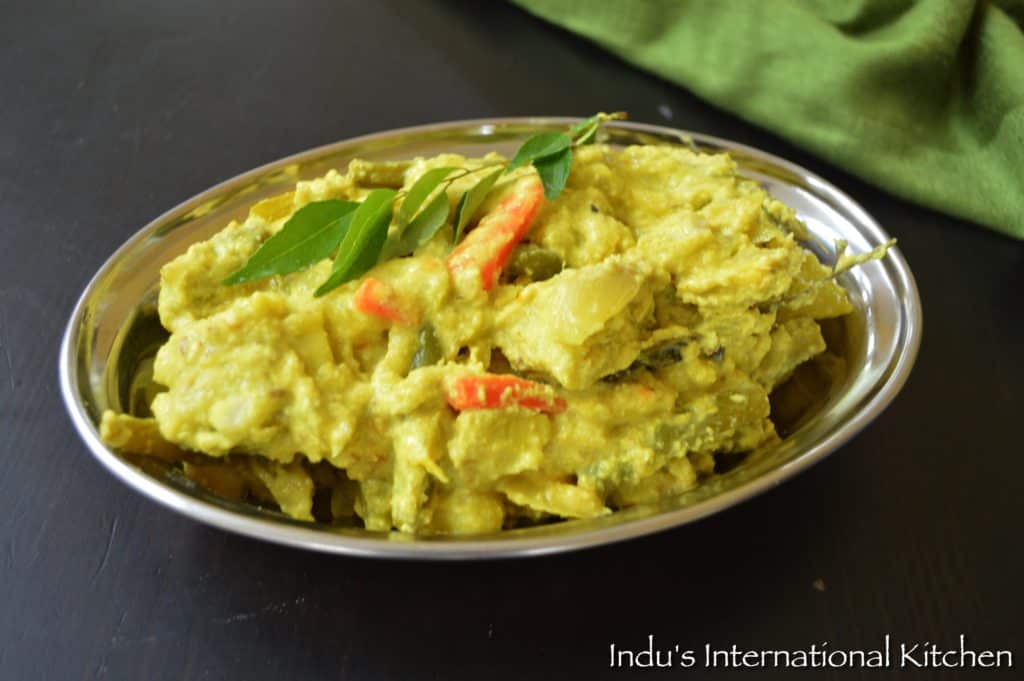
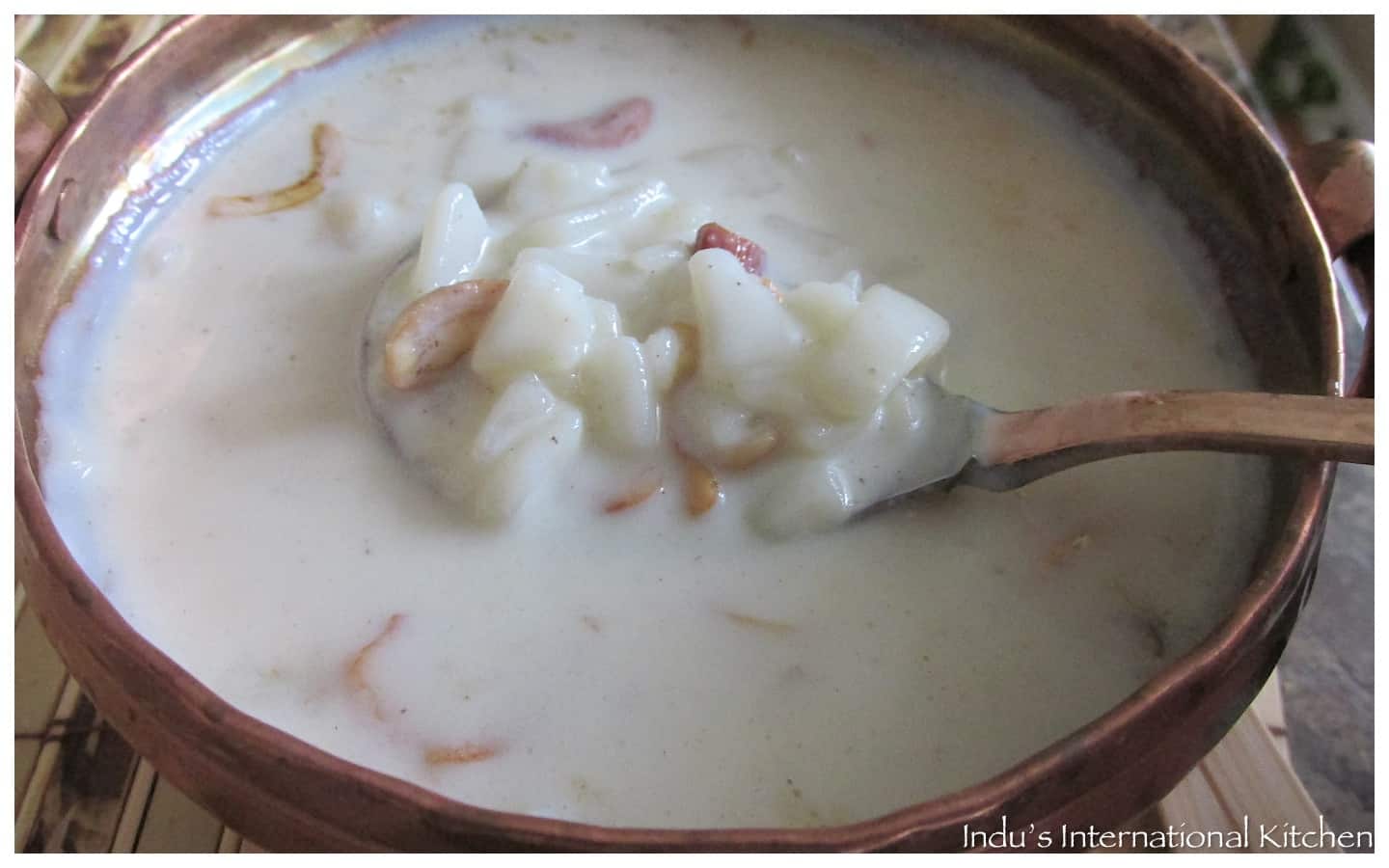
Here’s what a sample menu would look like. Other than the ‘Must-haves’, you can pick one or two from each category
| SAMPLE MENU | |||
| Main Dishes (Must-haves) | Other Curries: | Vegetable side dishes: | Spicy and tangy (Thodu) curries: |
| Sambhaar | Pumpkin adzuki Beans curry(Erishery) | Cabbage with coconut(Cabbage thoran) | Tangy Ginger Chutney(Pulli Inji) |
| Avial | Yoghurt and coconut curry (Mooru Kootan) | Black Chickpeas with green plantains(Kadala kaaya koottu) | Bitter gourd curry(Paavakka varatharachu) |
| Rice noodle (Paal Ada Paayasam) | Ash gourd yoghurt curry(Pacchadi) | Paavakka thoran | Pearl onion curry (Ulli curry) |
| Pappaddum | Tomato and lentil soup(Rasam) | Raw/Green Mango curry | |
| Lentils in coconut milk (Parrippu curry) | Mix Vegetable Pickle | ||
| Potato curry | Lemon pickle | ||
2. Decide how much quantity to cook for each dish: This depends on your final count. hence get a final count of people sufficiently in advance. Once you have the final count, divide by 4 (for the 4 categories of dishes you have) and that’s how many people you should cook each dish for. The logic behind this is that since you have so many dishes, you don’t need to make huge quantity of each dish. For deciding the quantity of rice, I take the total headcount and take about 25% off – again the logic being that having a variety of dishes means that folks get full without eating too much rice. So if I have a head count of 20 people and say in general we cook about 1/2 cup of rice(uncooked) for 1 person for a regular meal, which would mean cooking 10 cups of rice, but for the sadya 75% of 10 i.e. 7.5 cups of uncooked rice should be sufficient. For doing all the above, if you are going to be following some recipes from your favorite sites, then make sure you print all of them first and then prepare the grocery list.
3. Plan the grocery shopping: Prepare the grocery list based on 1 and 2 above. And do the shopping sufficiently in advance -at least 2-3 days before the sadya weekend. Include all other ancillary items like plantain chips, plantain leaves, small bananas and any ready made pickles. Make sure you check the quantity of rice you have in your pantry and add to the list if you are short.
4. Stagger the cooking – Begin cooking in advance: 3-4 days before you can make the pickles or tangy curries like the paavaka curry or inji puli since they don’t spoil and keep well. 2-3 days before you can make moru kootan or mango curry etc. 1 day before you can make sambhaar, erisseri and payasam and also finish all the prep work for all the rest of the dishes. For example, finish chopping all vegetables for avial which is best when prepared the morning of the sadya. All thorns with fresh coconut should also be prepared on the morning of the sadya. You can fry the papadums the previous day but make sure to keep them in airtight containers to prevent them from getting soggy. Create a project plan one week before the sadya so you don’t forget any important steps. The plan need not be detailed but would look something like this :
Sample project plan:
- Weekend 1 week before sadya/ 3-4 days before sadya day – Grocery shopping,
- Thursday – Moru kootan, Pachadi, Inji Puli,
- Friday – Chopping all vegetables for avial and sambhaar, make sambhaar, make payasam, fry papadums
- Saturday(Day of sadya): Cook rice, avial,cabbage thoran
5. Ask for help: After completing steps 1-3, take a step back and do a reality check. See how you feel about executing the plan. If this is your first time doing something like this and if you don’t have enough help at home (for example having young kids etc), then consider delegating some tasks to some of your expected guests. Chances are some of your guests may call you in advance offering to help and if you are feeling overwhelmed then that would be a perfect time for you to ask for some help. You can outsource tasks like grocery shopping – either all or some items, ask them to cook one dish or just request if they could stop by early that day in the morning before the sadya – a set of hands always helps, right?
Hope these tips are helpful! What are some tricks you use for hosting a sadya at your home? I would love to know! Happy Feasting – Have a spectacular sadya this Vishu!
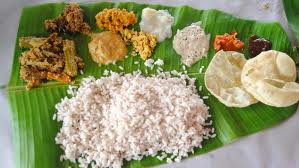

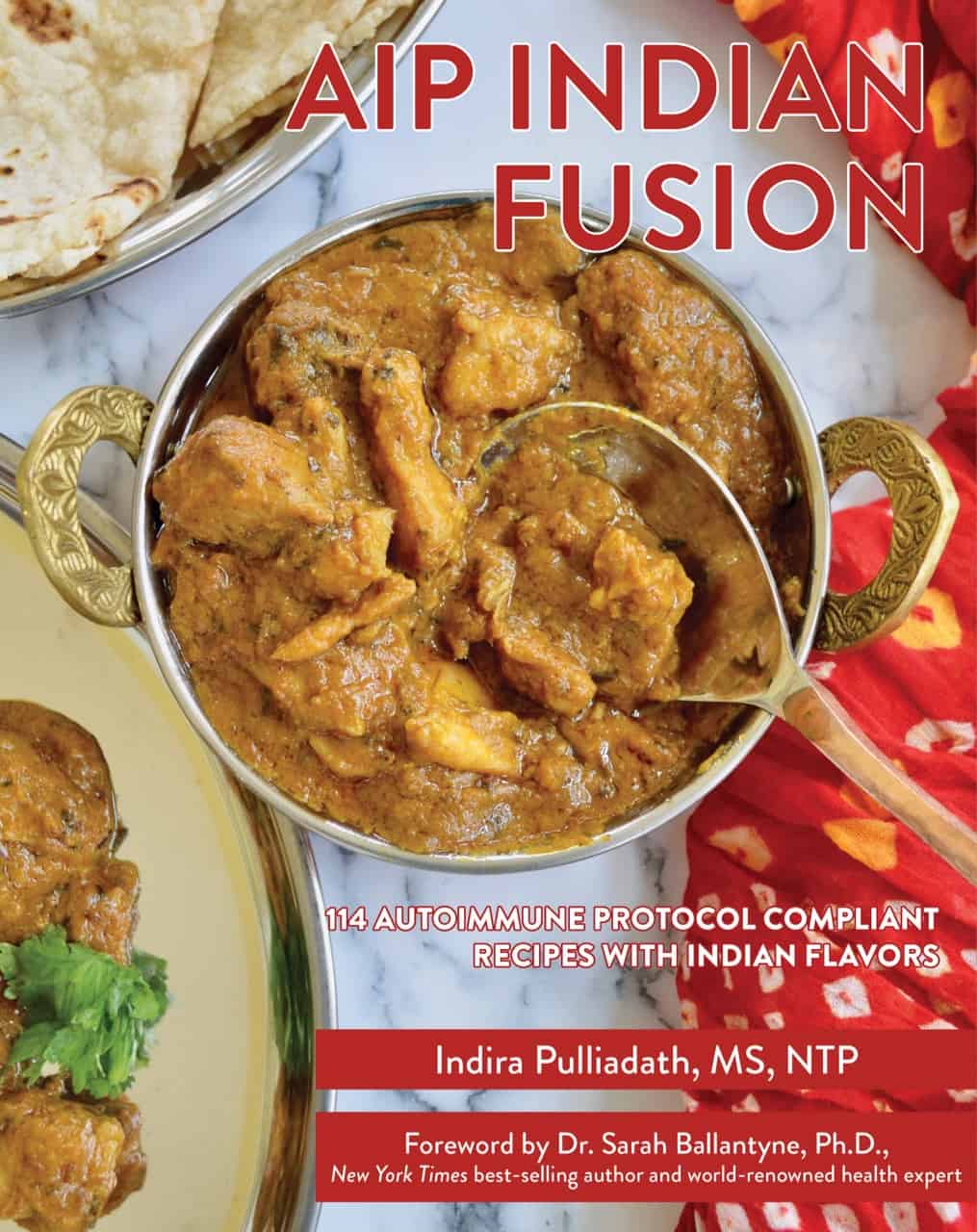
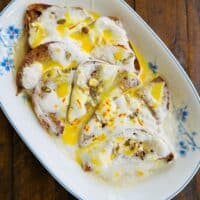
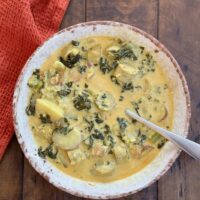

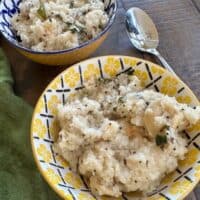

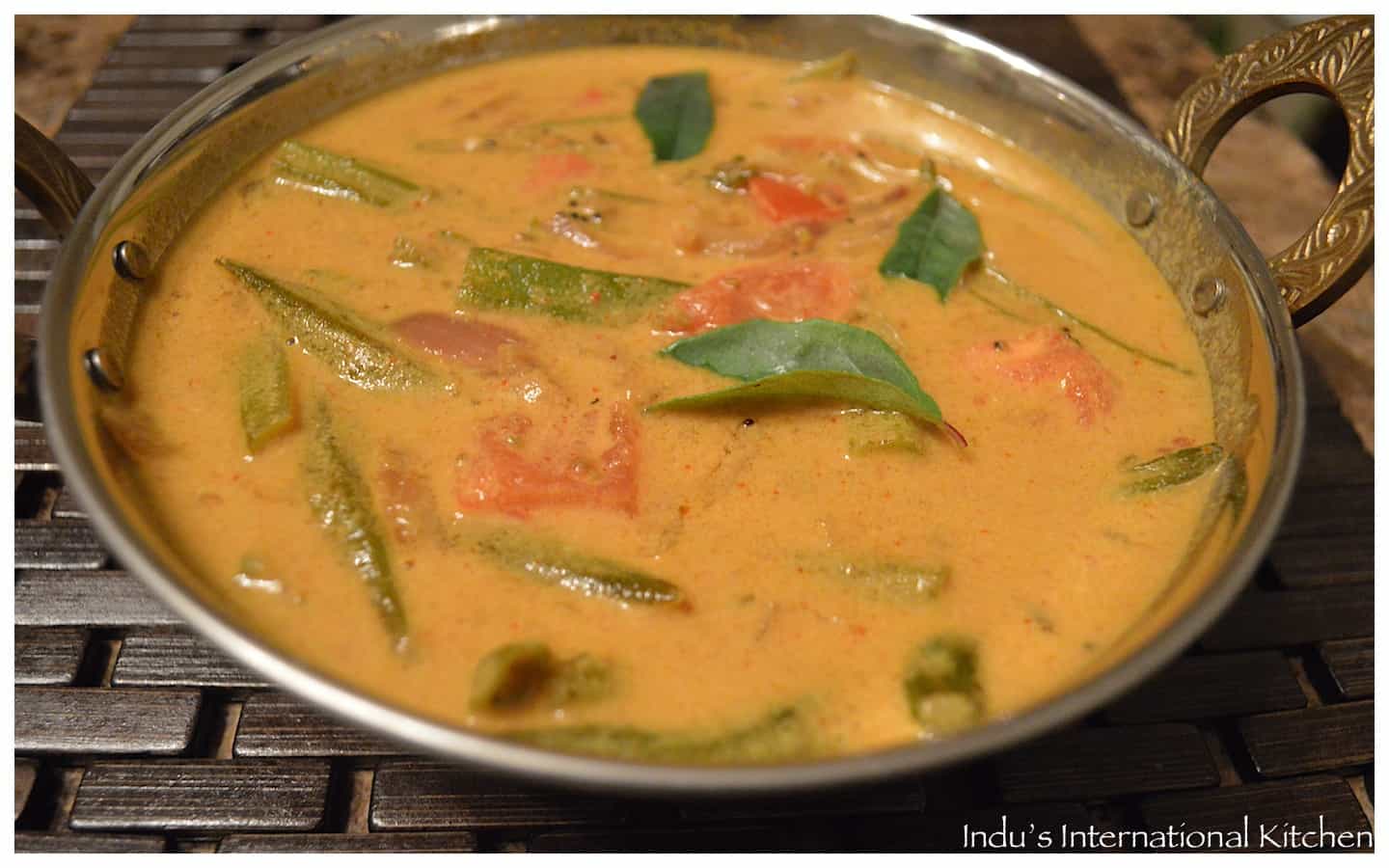

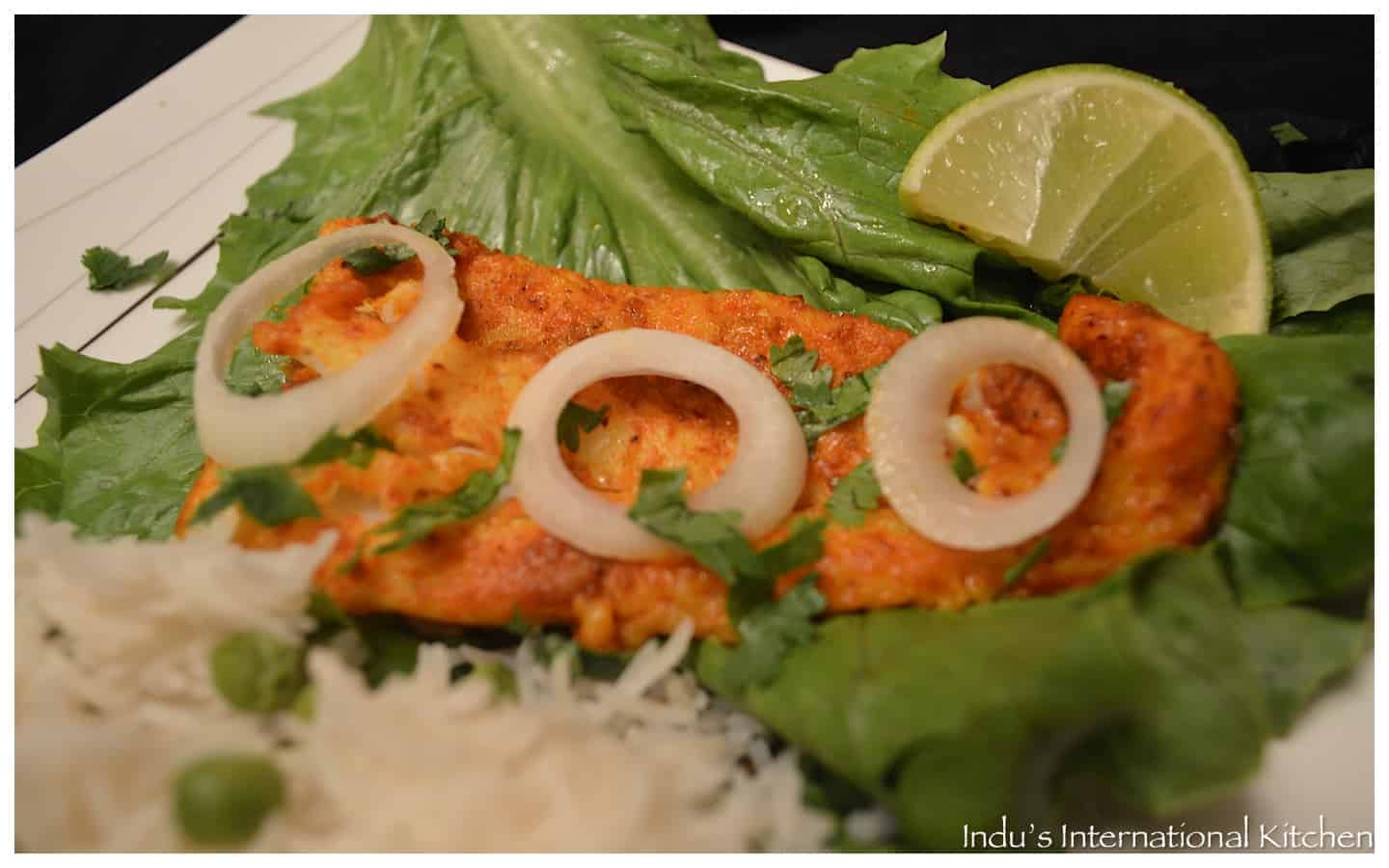

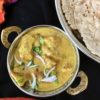
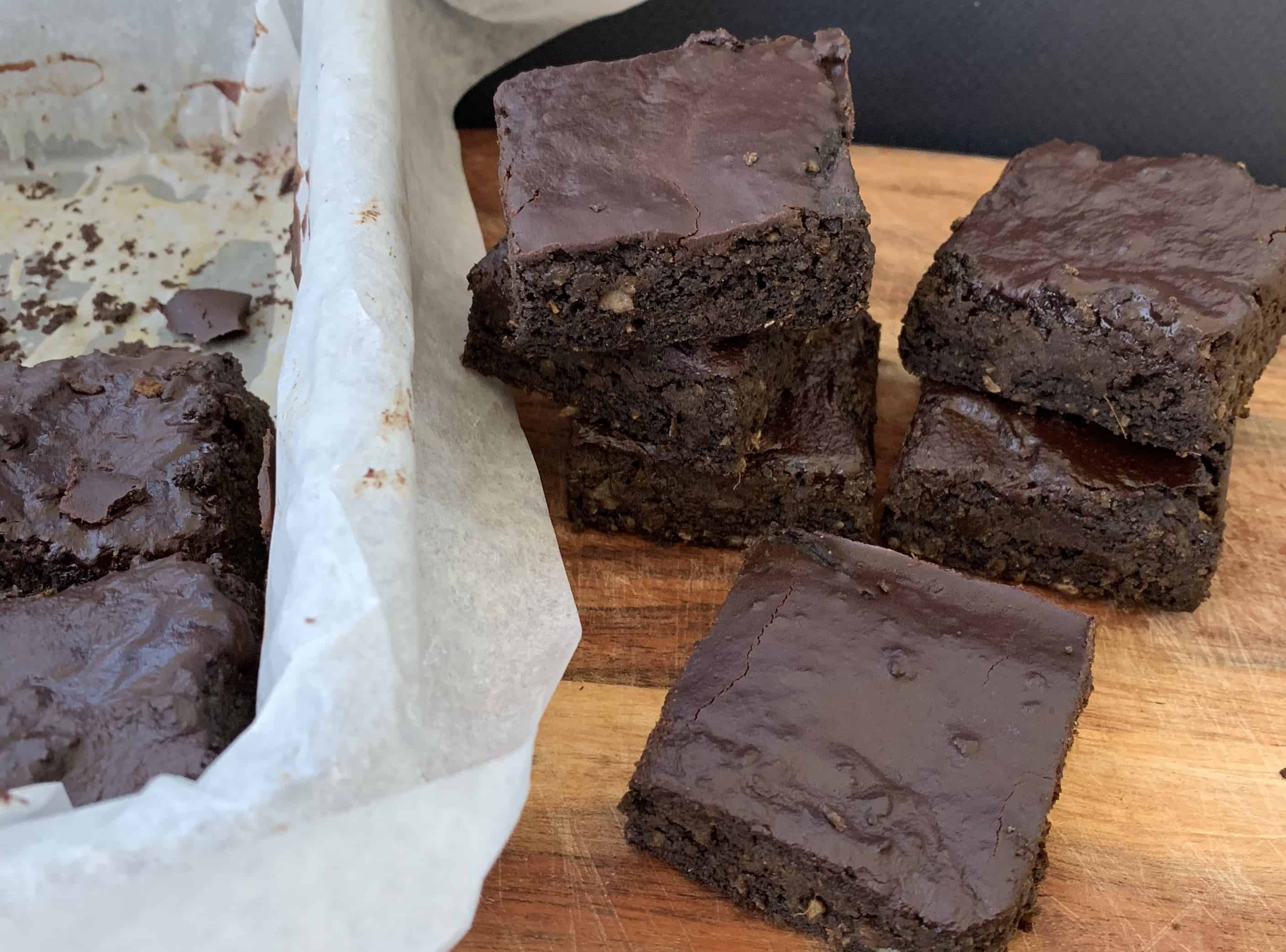
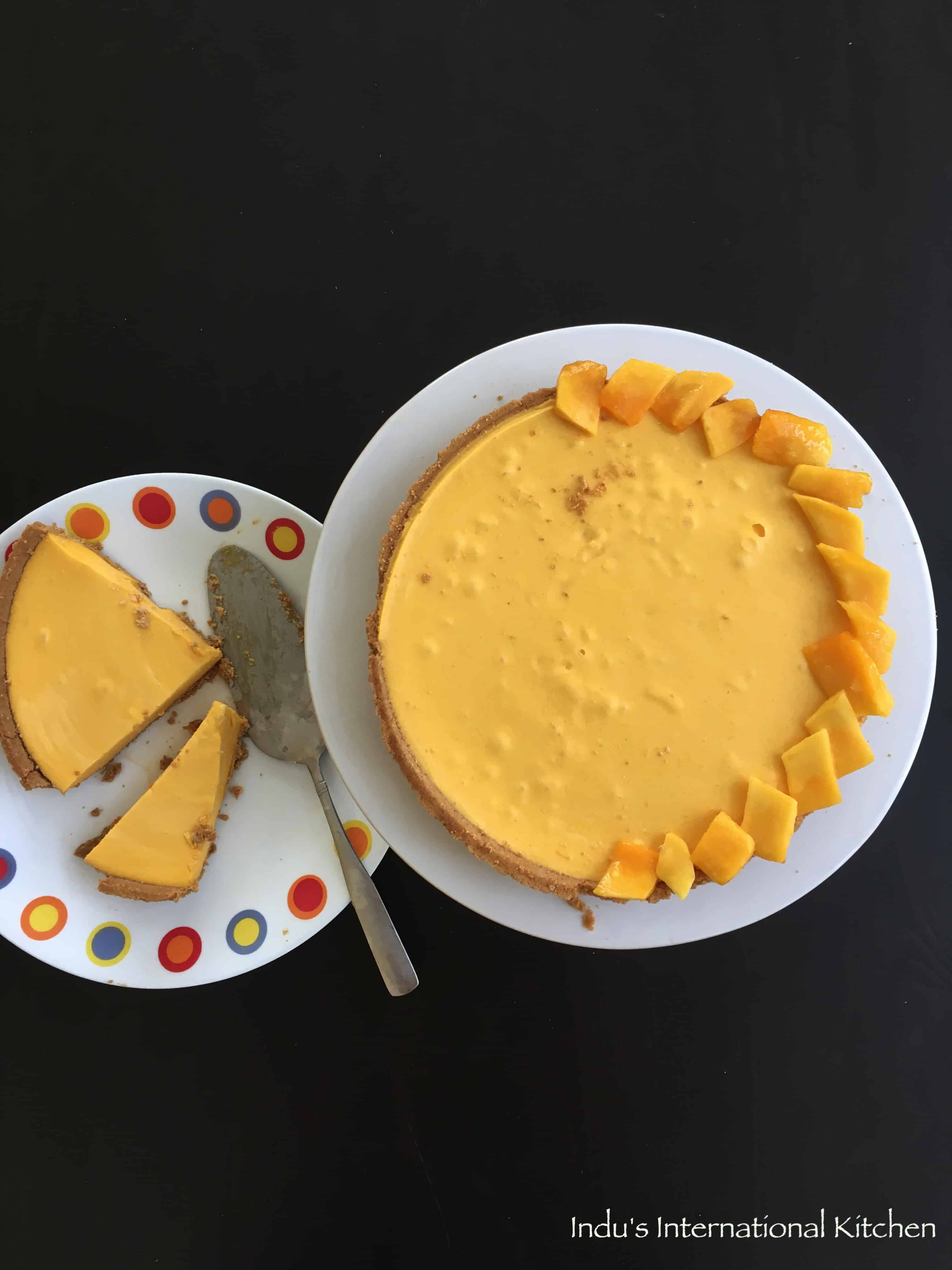
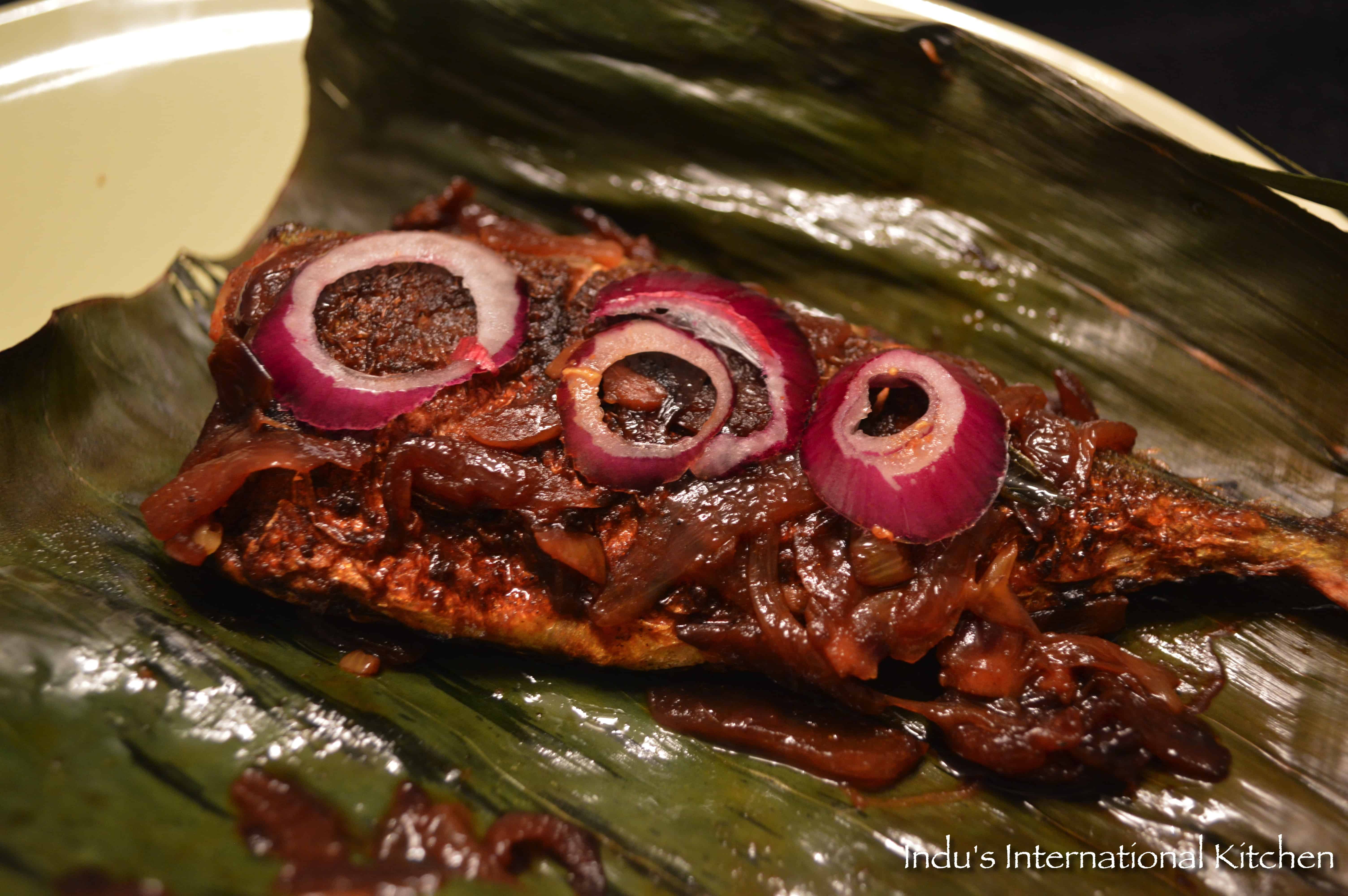
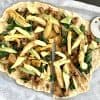

Hi Indu
You have actually penned a treasure for me… Thank you so much!
I do have a small question… If we’re packaging the sadya for someone, then how much quantity of each item do you think is appropriate? I’m quite at sea regarding this… Any input from you will be a life saver!
Thanks in advance… God bless
Hello there! I am so glad you found the post helpful. Regarding servings for packing, I would pack each vegetable dish portion to be enough for 2 servings (on a banana leaf or a sadya) And pack extra rice and sambhaar since those two are the main components of the sadya. Hope that helps.
Hi Indu
You have actually penned a treasure for me… Thank you so much!
I do have a small question… If we’re packaging the sadya for someone, then how much quality of each item do you think is appropriate? I’m quite at sea regarding this… Any input from you will be a life saver!
Thanks in advance… God bless
[…] has an article on her blog about hosting a Sadya at home (note: it’s not an AIP menu, so you would need to adapt your portion of the feast, as Indira […]
Thank you so much Indira. This is a treasure of information. I used to host Sadya and this is exactly what I do. I make everything from chips, pickles and ghee. Hope to cook for 20 people this time. Thanks a lot for penning this.
Awesome! Nothing like homemade plantain chips! Good Luck on your sasha. Glad you found this useful!
Hi! I am a student film maker at Columbia University. I am currently making a short film about plantains and their role in Indian cooking and found your awesome website!
Since Vishu, is happening on April 14, I wanted to ask if you know any NYC based Kerala chefs who would be available for an interview? It will be brief, and focus on the significance of Ehtakka Upperi , and how it is prepared and consumed for Vishu Sadya.
If you know of anyone who might be interested in participating in this short student film, please forward me their contact information so we can coordinate.
If you have any questions or want more clarifying details please do not hesitate to ask.
Thank you so much for your time and consideration.
Katharine
Hi Katharine, what a pleasure to read your comment and to learn that you are making a film about plantains! I could talk for hours on how plantains – both green and ripe are used in Kerala cooking! I unfortunately don’t know any Chef who hails from Kerala who might be interested in participating in this film. But I would be more than happy to talk to you about Ethakka Upperi (so impressed that you got this name right btw) and /or even demo the making of that for you if you are ok talking to a ‘home chef’ like me 🙂 You can also email me at indirashyju@gmail.com so we can continue our conversation there if you wish!
Best wishes for your film!
Indira
Great tips! Can’t wait for Vishu sadhya. Vishu and Onam sadhyas are the most I enjoy food. Brilliant post Indhu.
thanks a lot Sumith! Happy Vishu to you! Yes me too love a sadya meal any day! Let me know if you have some special tips and tricks too for sadya planning! i am sure you do!